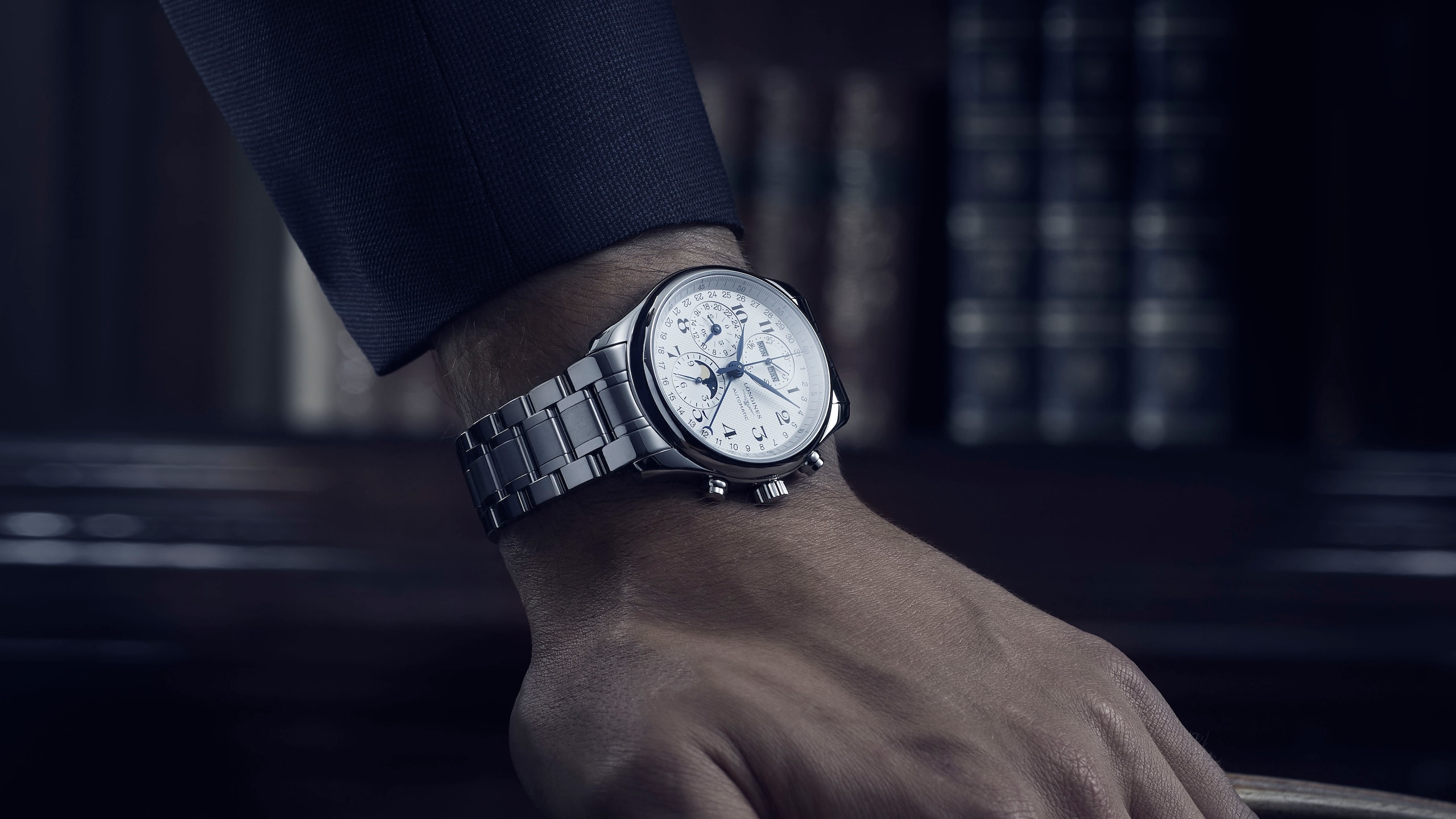
Understanding Automatic and Quartz Movements
With watch collecting on the rise, many novice watch lovers often wonder whether it’s best to own a quartz watch or an automatic mechanical watch. There is no right or wrong answer, but it's good to understand the difference.
With watch collecting on the rise, many novice watch lovers often wonder whether it’s best to own a quartz watch or an automatic mechanical watch. There is no right or wrong answer. Both types of watches have something to offer, but it is good to understand what the difference is between a quartz watch and a mechanical watch and the pros and cons of each.
Concisely, a quartz watch is powered by a battery, while a mechanical watch houses a mainspring that stores the energy. The energy of the mainspring is delivered in small, equal impulses to the balance-wheel by the escapement. This mechanical device is preventing the mainspring from unwinding rapidly. The balance wheel is regulated by a balance spring and its isochronous oscillation. In a watch the balance wheel oscillates 28’800 times an hour and advances the wheel-train 691’200 times a day.
"Concisely, a quartz watch is powered by a battery, while a mechanical watch houses a mainspring that stores the energy."
There are two different types of mechanical movements:
Automatic (or self-winding) movement and manual-wind movement.
The manual-wind watch has to be hand wound regularly by the wearer to keep the energy flowing. On the other hand, automatic watch feature a rotating weight (also called a rotor) that winds the watch automatically as the wrist moves.
For automatic watches, as long as the watch is being worn, and generally for a specified amount of time after the watch comes off, it retains energy and continues to run. If the owner puts the watch down or doesn’t wear it for a period of time, the power left in the watch (referred to as power reserve) dwindles, and the watch will eventually stop running – requiring the wearer to re-set it before wearing it again. The amount of time an automatic watch will continue to run without stopping once it is put down varies depending on the movement inside, the amount of energy stored, and other factors.


Pros and Cons Of Automatic and Quartz Watches
For the purposes of this article, we are comparing only the automatic mechanical watch with the quartz watch. Naturally, there are pros and cons to each type depending on your viewpoint.
SETTING AND RESETTING THE TIME
Some people prefer the idea of owning a watch that has hundreds of tiny mechanical parts inside that work together to track time. They aren’t bothered by the fact that if they put the watch down for a few days or a week, they have to re-set the time before wearing the watch again. For many, that is part of the allure of a mechanical watch. Conversely, others may prefer a quartz watch that they set only once. They can leave it off their wrist for a week or even a month without having to re-set the time the next time they need to wear it.
LONGEVITY
A high-quality mechanical watch will have a lifespan of more than 100 years, if it is serviced regularly. The heritage workshop of Longines is capable of repairing virtually every mechanical watch that left the factory, even it is more than 100 years old. Quartz watches are younger in the history of watch making, but they can last very long. If necessary, they can be repaired as long the built-in integrated circuits and the required batteries are available.
ACCURACY
A quartz watch has a higher accuracy than a mechanical watch, due to the much higher frequency of its oscillator.
SERVICING AND BATTERY REPLACEMENT
One of the important aspects of an automatic watch is that, like a car, it will need to be serviced. Inside that movement are oils and lubricants that can dry up over time. There are also gaskets that could need replacing. Although servicing intervals may vary, Longines suggests for automatic watches to be serviced about every three to five years. This will keep the watch running properly so that it can last a lifetime and even on into the next generations.
With a quartz watch, there is a battery that eventually needs to be replaced. Depending on the watch, the life span of the battery inside can be anywhere from one year to five years.
In the end, which type of watch one prefers is truly a personal choice, and most watch wearers buy the watch they love no matter what movement is inside. For this very reason, many watch brands offer both types of movements.
Longines offers both mechanical and quartz timepieces. To explore watches in these categories, you may visit the Longines Watch Selector and filter for your preferred type of movement.
Discover more articles
View all